In an Age of Fast Fashion, Patagonia Is Going Slow
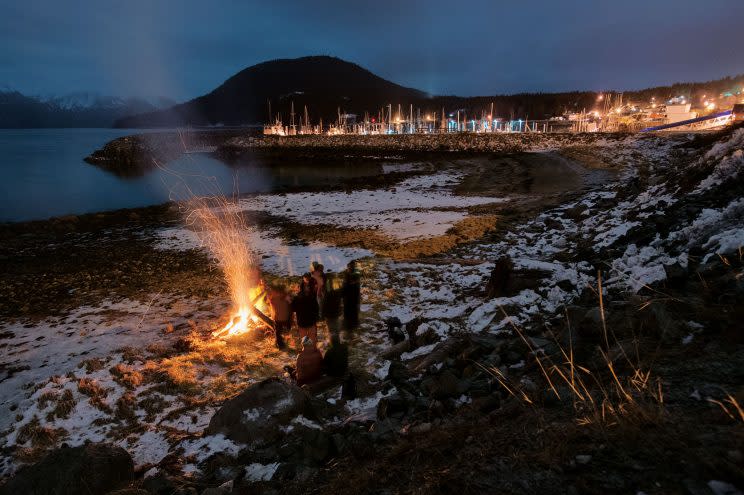
For shoppers who crave new purchases — the thrill can be palpable. There’s a high emotive rush associated with buying something new. It doesn’t matter if it’s a new blouse, a pair of blue jeans, or a jacket. With the advent of fast fashion, runway trends make it to stores quicker than ever, and in turn, customers are buying twice as much compared to the past, leading to enormous numbers in textile waste. Over the past 20 years, Americans have discarded 14 million tons of clothing — a 50 percent increase since the ’90s.
For more than 40 years, it has been the mission of the heritage brand Patagonia to combat this type of environmental harm, to build the best products, and to use its business as a platform to inspire creative solutions.
“We have always considered Patagonia an experiment in doing business in unconventional ways. None of us were certain it was going to be successful, but we did know that we were not interested in doing ‘business as usual,'” says Yvon Chouinard, founder and owner of Patagonia, in his book, Let My People Go Surfing.
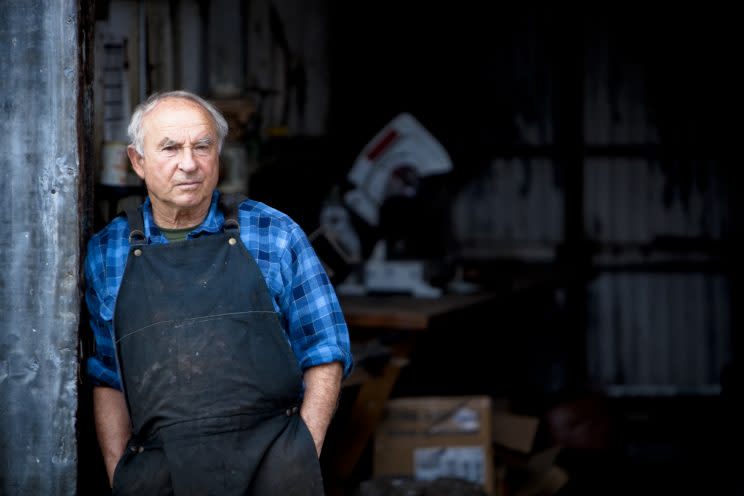
Over the years, Patagonia has had a momentous effect on the industry. Such examples include behemoth brands like Levi’s and cult favorite retailer Reformation, which have both looked toward Patagonia for inspiration.
“Patagonia is the wild revolutionary of the eco-clothing movement. Yvon and his team were pushing the boundaries before we really even understood how bad things in the industry could get. His ambition and determination to create change have always served as an incredible inspiration for me and Reformation,” Yael Aflalo, founder and CEO of Reformation, tells Yahoo Style.
Patagonia was one of the first clothing companies to adopt organic cotton, back in 1992, before it became a trend. The brand has been using recycled polyester since 1993. By 2007, it became the first clothing company to sign on as a Bluesign partner, and in 2014 began offering Fair Trade Certified clothing.
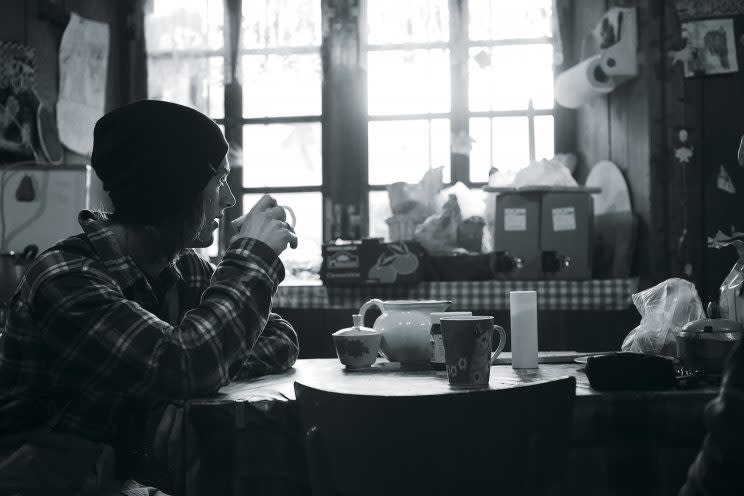
In 2016, Patagonia continues to make tremendous strides in developing new sustainable materials to reduce its overall environmental footprint. Such innovations include the creation of 100 percent recycled down material and synthetic insulation used in their Nano Puff collection.
And for the first time, Patagonia is launching the re\\\collection, the first collection that is 100 percent focused on using recycled materials. The materials include: 100 percent recycled down, 100 percent recycled wool, 100 percent recycled polyester, 85 percent polylabels, 80 percent recycled zippers, and 50 percent recycled buttons.
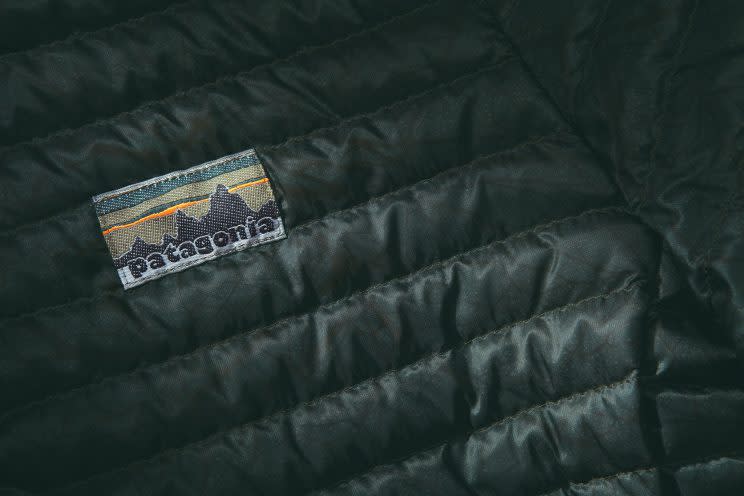
For Patagonia, being sustainable isn’t a trend, fad, or temporary activism. It’s been a part of the brand’s ethos since its inception.
The mindset at Patagonia is to “be really thoughtful and practical about the decisions we make and how we do things,” Miles Johnson, Patagonia’s creative director of product design, tells Yahoo Style.
How did the collection come together? Patagonia examined all its materials that possessed the highest recycled content, then compared which of these materials were most complementary to one another, and finally created the most recyclable collection based on its findings.
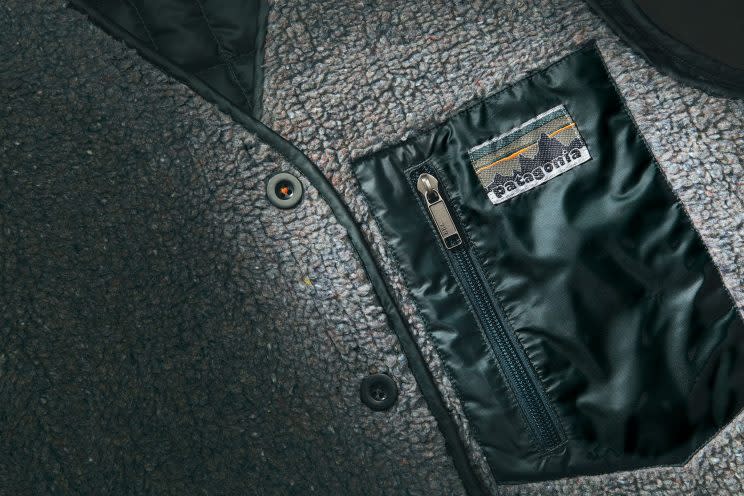
This is putting it simply, but don’t get it wrong. It wasn’t easy.
“I think a lot of people think the work of Patagonia is a formula or an approach we have,” says Johnson. It’s not. Patagonia is “doing a lot of work behind the scenes … working with our suppliers and developers to create better [practices] and finding new ways to make fabrics that are environmentally and socially responsible as [much as] we can.”
For this collection, Patagonia wanted to do something “very modern, thoughtful, ” says Johnson. Aside from making a collection high-quality, durable, and recyclable, how do you make it stylish?
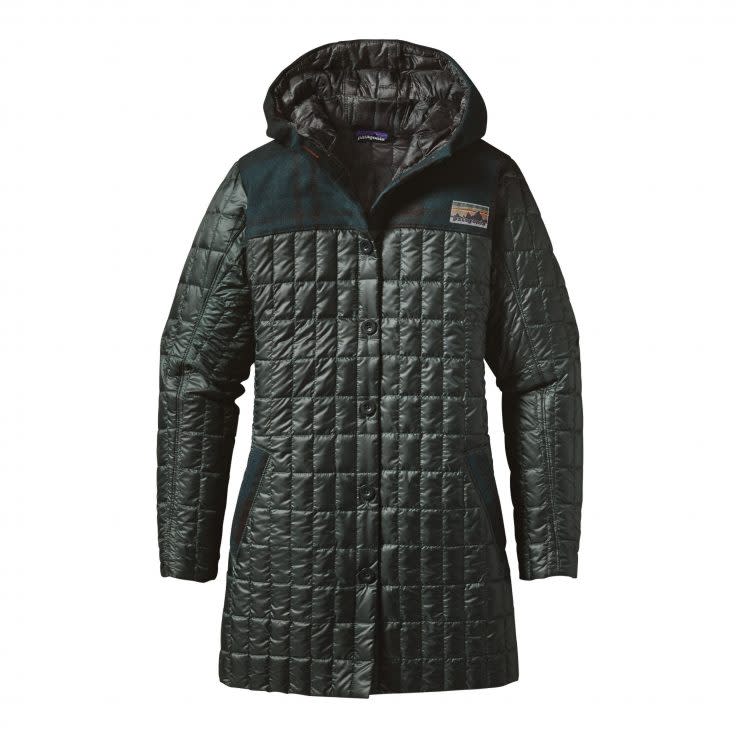
By staying away from earth tones like brown and tan, the re\\\collection boasts a deep shade of forest green. The line encapsulates a vintage Patagonia aesthetic, with its vintage embroidered labels, fitted with patches of quilt, and shearling collars, giving us a complete campfire, Wes Anderson vibe.

The re\\\collection line, available now at Patagonia.com, includes recyclable coats, jackets, vests, and skirts for men and women, with prices ranging from $99 to $299. It’s a small collection, but Patagonia hopes to expand it more in the future.
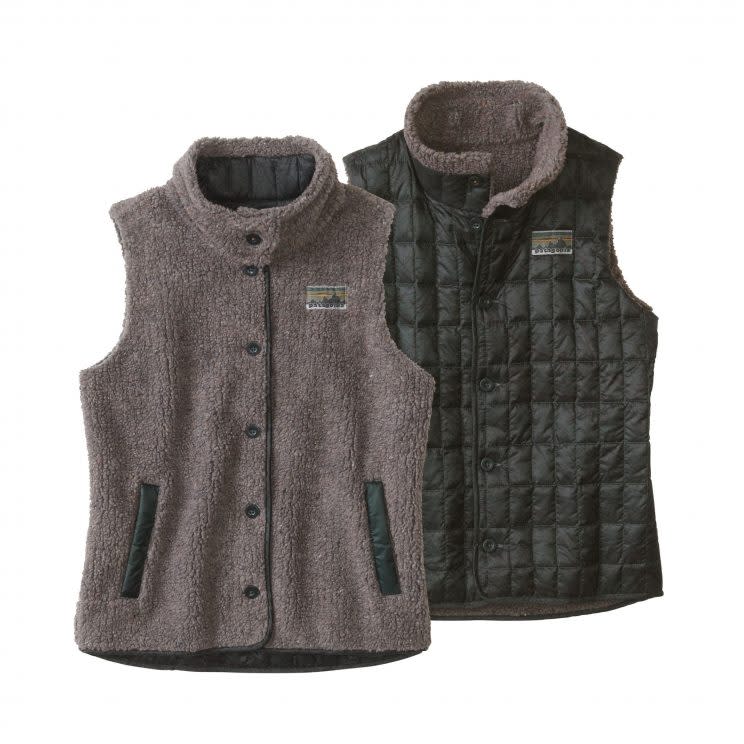
At the end of the day, “it’s very much a belief that if we can inspire and influence other brands to find better [methods], then we can all do things better,” says Johnson. “The industry resources [from] all around the world, and we just want to make sure we’re not wasteful.”
If the past is any indication, there is no doubt Patagonia will continue to innovate, inspire, and change the fashion industry, one step at a time.
Follow us on Instagram, Facebook and Pinterest for nonstop inspiration delivered fresh to your feed, every day.
